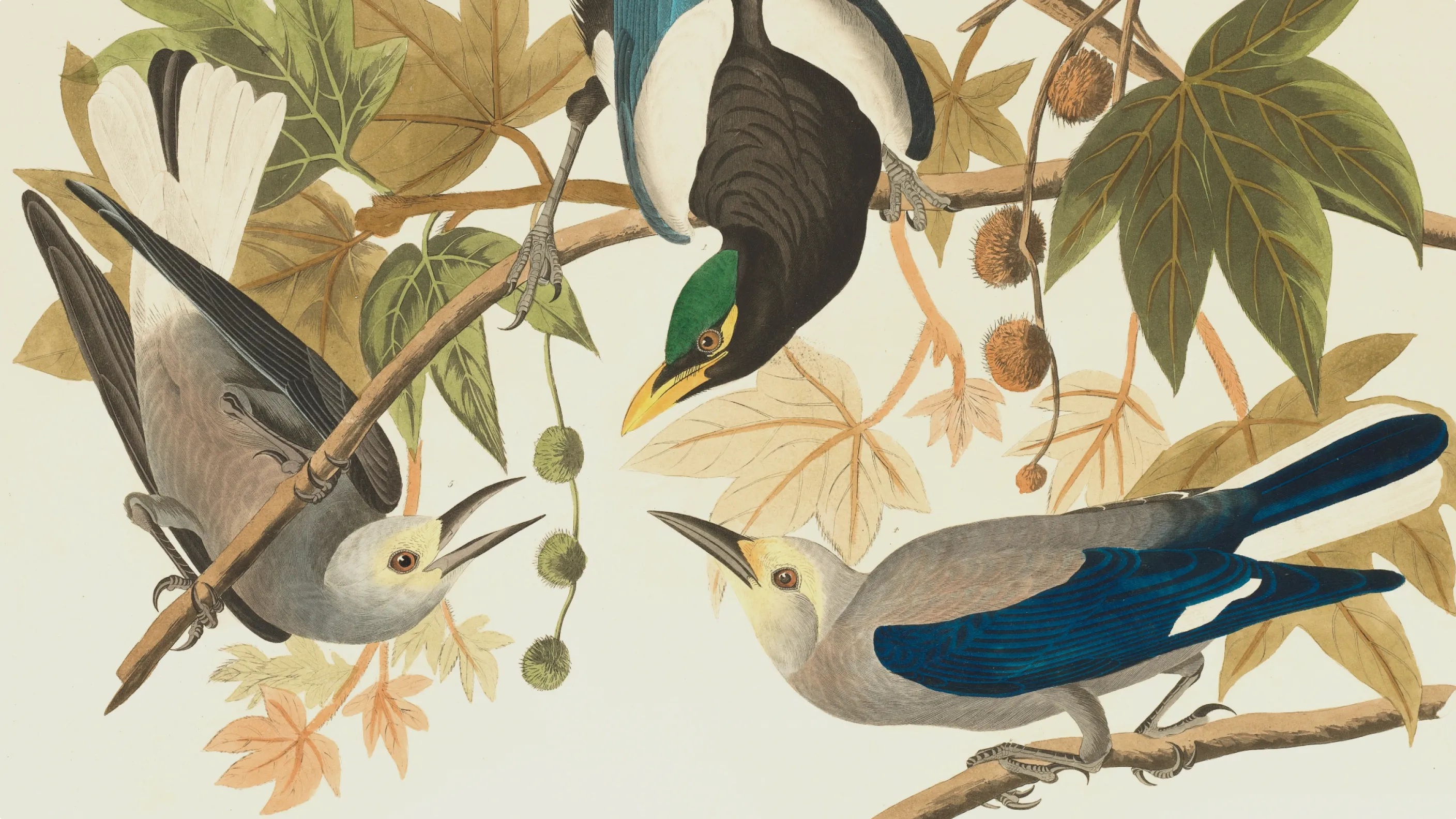Published ∙ 4 min read
How growing companies can maintain their collaborative spirit

Brian Swift
CEO, Twine

Every founder remembers the magic of the early days. Your entire team huddled around a single table, ideas flowing freely, everyone instinctively knowing what others were working on. Communication wasn’t a strategy – it was simply how you existed. But as your company grows and succeeds, that very success creates an invisible enemy: organizational silos that threaten to split your unified team into isolated kingdoms.
The price of growth
There’s a certain irony in scaling a business. The growth you’ve worked so hard to achieve often endangers the very culture that made that growth possible. What starts as necessary specialization – hiring experts, forming departments, establishing processes – can quietly transform into rigid boundaries that stifle the collaborative spirit that once defined your company.
I’ve seen this transformation happen countless times. A product team develops groundbreaking features in isolation, only to find that sales doesn’t know how to position them. Customer success uncovers crucial user insights that never reach the product team. Marketing crafts messaging that doesn’t align with what customers are actually telling the sales team. Each department excels at its specific function, yet the company as a whole becomes less than the sum of its parts.
The hidden complexity of modern organizations
The challenge runs deeper than simple communication breakdowns. In today’s fast-paced business environment, information isn’t just power – it’s oxygen. When that oxygen gets trapped in departmental bubbles, the entire organization suffers from a kind of cognitive asphyxiation. Ideas stagnate, innovation slows, and opportunities slip through the cracks between departments.
What makes this particularly frustrating is that most teams are actually trying their best to collaborate. They’re scheduling cross-functional meetings, creating shared documents, and using collaboration tools. Yet somehow, crucial information still gets stuck, key insights fail to reach decision-makers, and teams unknowingly duplicate efforts. It’s as if we’re all speaking different languages while trying to build the same thing.
Reimagining collaboration at scale
The solution isn’t to try to recreate the intimacy of a small team – that’s neither practical nor necessary. Instead, we need to reimagine how collaboration works in a larger organization. This means creating systems and cultures that maintain the benefits of specialization while fostering the free flow of information and ideas.
Modern AI-powered tools are making this reimagining possible. Instead of relying on manual knowledge sharing and hoping important information finds its way to the right people, we can now create intelligent systems that automatically route insights to those who need them most. Imagine your sales team’s customer feedback instantly reaching product managers with the proper context, or customer success insights automatically informing marketing messaging.
Building a living organization
The most successful growing companies don’t just break down silos – they create living organisms that breathe and adapt. This means:
- Establishing fluid team structures that can form and dissolve based on actual business needs, not rigid organizational charts
- Creating systems where information flows naturally to where it’s needed, not where hierarchy dictates it should go
- Fostering a culture where cross-functional collaboration is the default, not the exception
- Aligning incentives so that departmental success is inextricably linked to company-wide success
The future of organizational design
As AI continues to evolve, we’re seeing glimpses of an even more exciting future. Imagine systems that can predict where collaboration will be needed before the need becomes apparent. AI that can spot potential synergies between departments and proactively suggest collaborations. Tools that can identify knowledge gaps and recommend optimal team compositions for upcoming projects.
Maintaining unity without requiring uniformity
The goal isn’t to eliminate specialization or force everyone to be involved in everything. Rather, it’s about creating an environment where specialist knowledge can easily flow to where it creates the most value. It’s about maintaining the innovative spirit of a startup while harnessing the resources and capabilities of a larger organization.
Your company’s collective intelligence is its greatest asset. The challenge of growth isn’t just about maintaining efficiency – it’s about evolving your organization into something that’s both bigger and smarter than it was before. The most successful companies don’t just scale their headcount and revenue; they scale their ability to collaborate, innovate, and adapt. The future belongs to companies that can grow without growing apart.